This week at The Archive we are delighted to bring iconic British weekly lifestyle magazine Country Life to life, with the publication of over a century’s worth of content from this very special countryside title. Meanwhile, we’ve added 509,799 brand new pages to our Archive, meaning that we have reached a landmark 75 million pages, which are now all available to search.
So read on to discover more about Country Life, as we explore how the magazine was founded, examine some of its most important moments, as well as looking at some of the pioneering women who shaped the publication’s early history.
Register now and explore the Archive
We at The Archive this week are delighted to bring you over 500,000 brand new pages from glossy magazine Country Life, which span the years 1897 to 2009, from the magazine’s inception right through to the 21st century.
The Birth of Country Life
Let’s now go all the way back to 8 January 1897, when Country Life first appeared on newsagents’ shelves. Originally named Country Life Illustrated, this new publication was subtitled as ‘a journal for all interested in country life and country pursuits, with which is incorporated Racing Illustrated.’ Racing Illustrated was a sporting title, which due to disappointing sales, had been incorporated into this brand new title.
Country Life was the brainchild of Edward Hudson (1854-1936). Hudson had been destined for a career in the law, but turned his back on that profession to enter the family business of printing. In 1890 he introduced new advanced printing technology, fresh from Germany, which would enable the ‘printing of mass-market periodicals illustrated with photographs’ for the first time. Then, when driving his sick brother around the countryside, he had an idea to produce a magazine centred on all things country life. His new venture, Country Life Illustrated, was born.
He did not undertake this venture alone, however. For the editorial side of Country Life he partnered with George Newnes (1851-1910), the pioneering editor and publisher who was known for founding Tit-Bits, the Strand Magazine and the Westminster Gazette. So whilst Newnes ran the editorial side of the publication, Hudson kept a firm eye on the printing side, where it was said that he would inspect ‘every sheet from the machines in order to pass it before allowing the machines to run.’
Early Reviews
In March 1897, one of the George Newnes stable of publications, the Westminster Gazette, printed this overview of the new Country Life title:
Country Life Illustrated is the Weekly Journal for all interested in Country Life and Country Pursuits. Sport in its various forms is the essence of country life, and Country Life Illustrated treats of sport in its best sense. The Turf, the Kennel, Hunting, Shooting, Fishing, Golf, the great English pastimes of Cricket, Rowing, Yachting and Football, all have their place in Country Life Illustrated.
The review went on to focus on the magazine’s quality of print, music no doubt to Edward Hudson’s ears:
It is printed throughout on Art Paper, and the endeavour of the proprietors has been to produce the absolute perfection of illustrated journalism with reading matter fully equal to the illustrations.
The Westminster Gazette then outlined some of the other subjects that the new Country Life magazine covered:
While country pursuits in their most interesting aspect from the main subjects of the paper, matters of general interest, such as illustrated articles on Sport and Life in our Colonies; on the Country Homes of England; the Garden; the Dress; an absolutely reliable list of the best Literature of the day; short notes of the principal Town Topics of the past week – all have their place in Country Life Illustrated.
Finally, the paper then provided some selected reviews from other publications regarding Country Life:
Army and Navy Gazette: ‘Its first number was a marvel. Its second every whit as good. The literary matter is of the highest quality.’
Bristol Mercury: ‘We have never seen more beautiful printing.’
Daily Mail: ‘The illustrations and sporting notes are excellent.’
Eastern Daily Press: ‘The printing is superb’.
Liverpool Courier: ‘A magnificent specimen of work.’
The results were in: Country Life was a hit.
Pioneering Personalities
Alongside founder Edward Hudson and popular journalism patriarch George Newnes, other pioneering personalities were associated with the early days of Country Life. One such personality was Edwin Lutyens (1869-1944), the famed architect who was responsible for the design of Hudson House on Tavistock Street, the editorial offices of Country Life, which were built in 1904.
Another such personality was pioneering gardener Gertrude Jekyll (1843-1932), the horticulturist, garden designer, writer and artist who was the first Gardens editor of Country Life magazine. Gertrude Jekyll was hugely influential in garden design, and often paired with Country Life office architect Edwin Lutyens. Her work for Country Life was often individually printed, such as this book on ‘Lilies for English Gardens,’ which was advertised by the King and his Navy and Army in May 1903.
Such is the legacy of Gertrude Jekyll that the Bookseller decades later in 1992 described how she ‘continues to influence and fascinate the modern gardener.’
A Court Photographer
Another pioneering personality associated with the early days of Country Life was photographer Alice Hughes (1857-1939), who was responsible for taking the frontispiece photographs for the publication from 1898 to 1909.
Alice Hughes was a trailblazing woman photographer who studied photography at London Polytechnic. In 1891 she opened her own studio in Gower Street, beside her father’s portrait studio. She quickly became one of London’s leading portrait photographers, and would go on to contribute hundreds of photographs to Country Life.
Alice Hughes was also a favourite photographer of the royal family. The Globe newspaper in July 1915 described how she ‘had the honour of being appointed private photographer to the Royal family.’ Furthermore, the Globe reported how Hughes was ‘the head of the most successful and artistic photographic business ever run by a woman.’
Girls in Pearls and Property for Sale
Alice Hughes photographed many of the women who adorned the frontispiece of Country Life, who would come to be known by the moniker of ‘Girls in Pearls.’ However, the very first frontispiece of Country Life was actually graced by the ‘stoutly-middle aged Earl of Suffolk, beaming benignly.’
The Earl of Suffolk would be followed by a range of famous people: from Pauline Duleep Singh, the daughter of the last Maharajah of the Sikh Empire in 1911, to first woman M.P. Nancy Astor in 1919, from Princesses Elizabeth and Margaret in 1934 to author Daphne du Maurier in 1947, and to socialite Anne McCormick in 1971. McCormick’s frontispiece was special because she was the first woman to appear with bare shoulders on the front cover of Country Life.
Another iconic feature of Country Life are the property advertisements the magazine includes. From the very early days such property ads were a mainstay of the publication. Indeed, in the first ever edition of Country Life Stowe House was advertised for sale after the death of its owner, later becoming home to Stowe School.
In 1915 important archaeological monument Stonehenge was advertised as for sale in the pages of Country Life. Stonehenge was bought at auction by Cecil Chubb (who had gone along to buy some chairs), who later donated the site to the nation in 1918. During the 1920s Country Life fought hard to protect Stonehenge from being turned into an aerodrome and garage.
Some of the country’s most famous people bought their homes through County Life. In 1921 Kent property Chartwell was advertised by the magazine, which was bought in 1922 by future Prime Minister Winston Churchill.
Country Life Through The Years
A companion to the nation’s countryside and more since 1897, Country Life has chronicled many momentous efforts and stood by the country in its hardest times. During the First World War the publication encouraged readers to send their old copies of the magazine to troops at the front, whilst Country Life marked the entry of the United States into the conflict by publishing its first ever colour photograph.
The magazine, meanwhile, has maintained a strong relationship with the British royal family. King Charles has been Guest Editor for the publication twice, to mark both his 65th and 70th birthdays, Princess Anne taking on the same role in 2021 and Queen Camilla following suit in 2022.
We’re delighted to be able to host over a century’s worth of Country Life here at The Archive. You can browse the publication in all its glory here, and we look forward to hearing all about your discoveries.
New Titles
| Title | Years Added |
| Country Life | 1897-2009 |
Updated Titles
This week we have updated one of our existing titles.
You can learn more about each of the titles we add to every week by clicking on their names. On each paper’s title page, you can read a FREE sample issue, learn more about our current holdings, and our plans for digitisation.
| Title | Years Added |
| Hawick News and Border Chronicle | 1891 |
You can keep up to date with all the latest additions by visiting the recently added page. You can even look ahead to see what we’re going to add tomorrow.


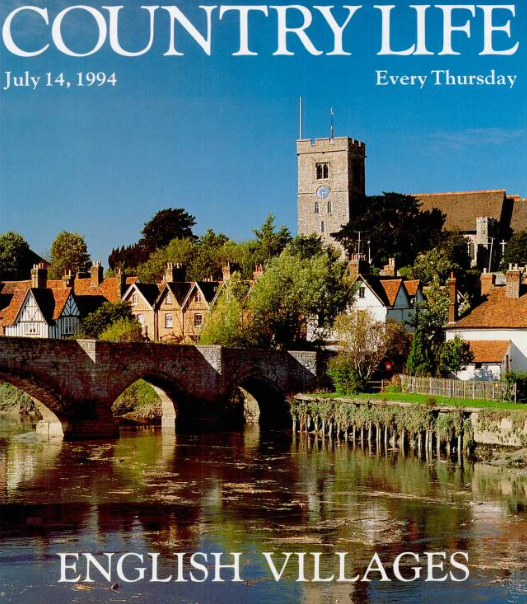

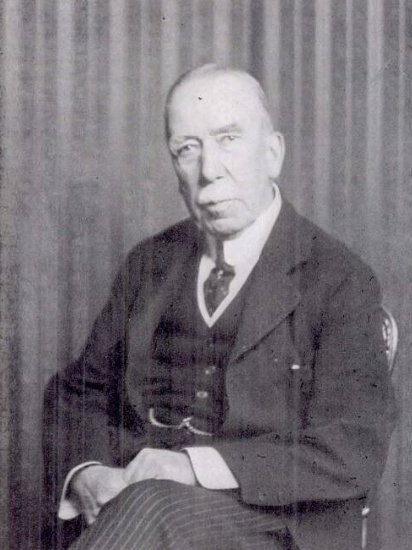


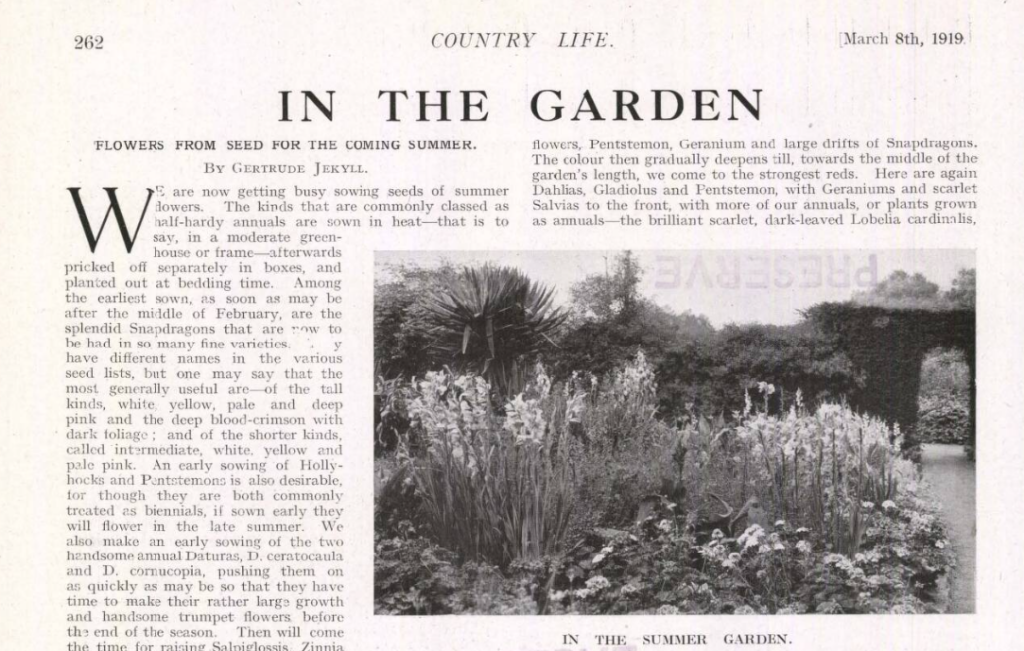






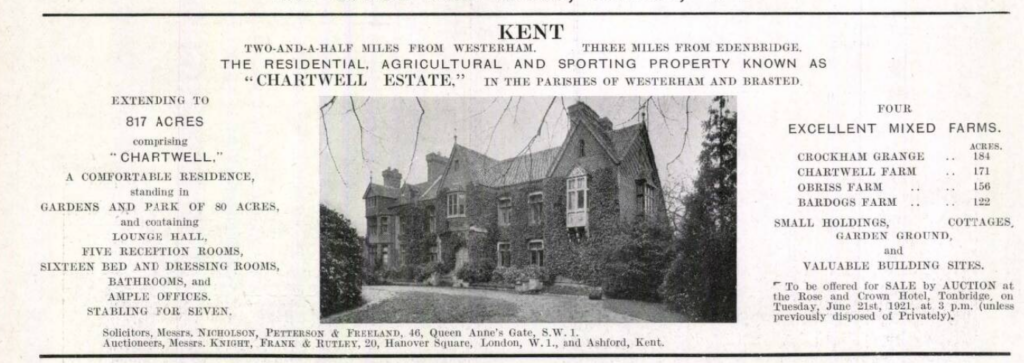



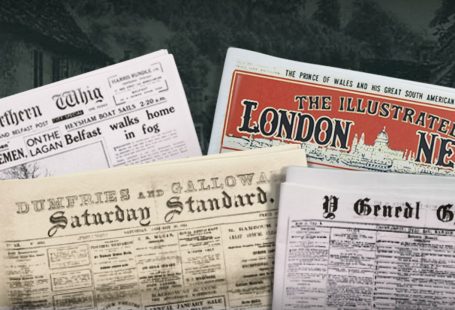
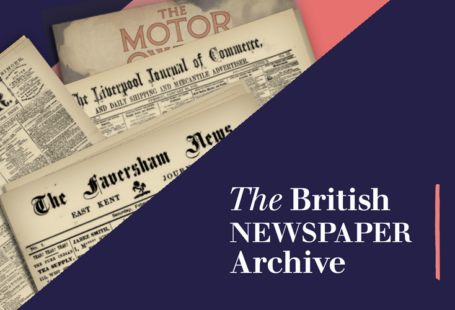
1 comments On Hot Off The Press – New Titles This Week
I am very disappointed as I am researching Red Rice Estate and using the search box I find there are many items in Country Life but I cannot get any of them to load. All other publications load their pages normally.